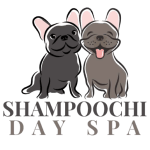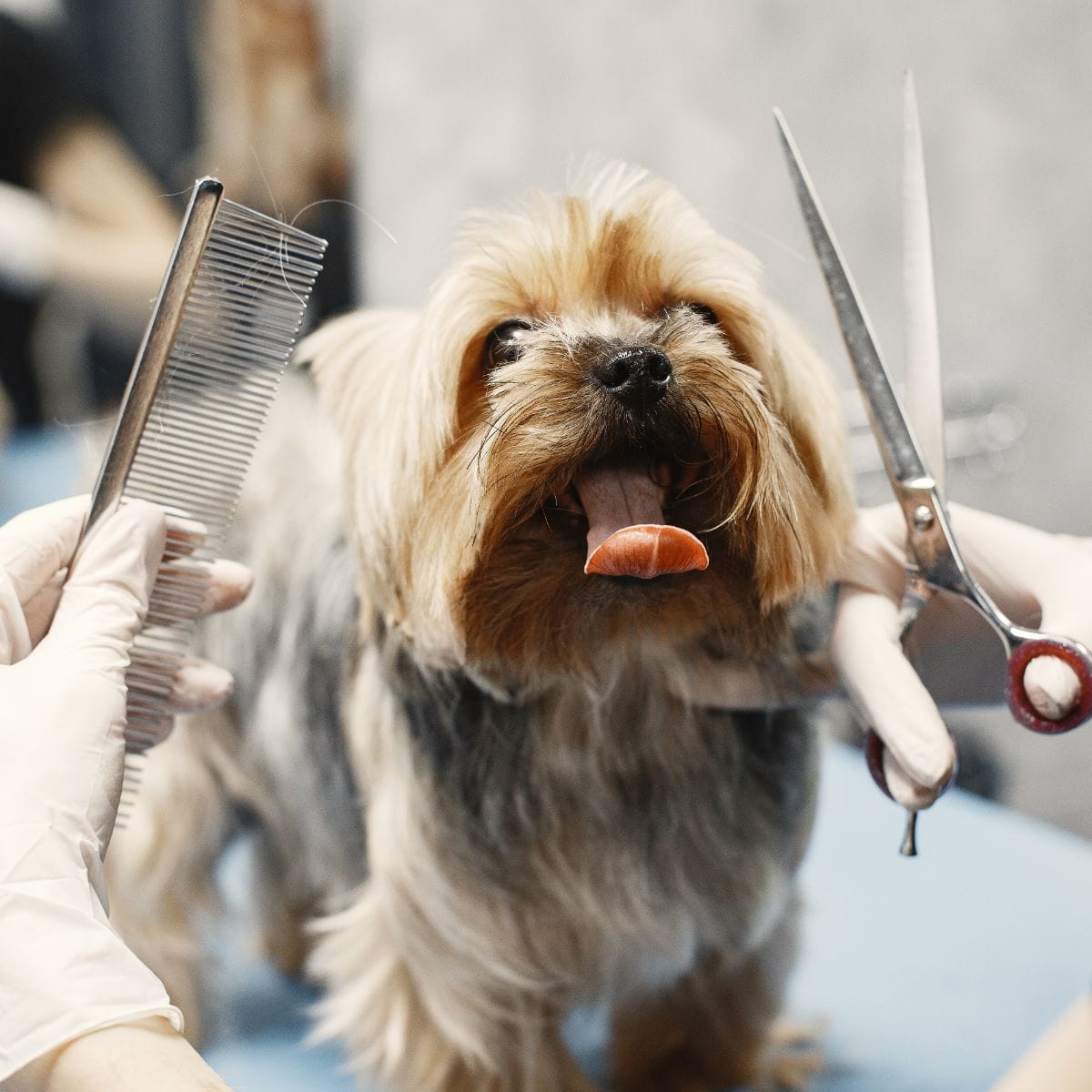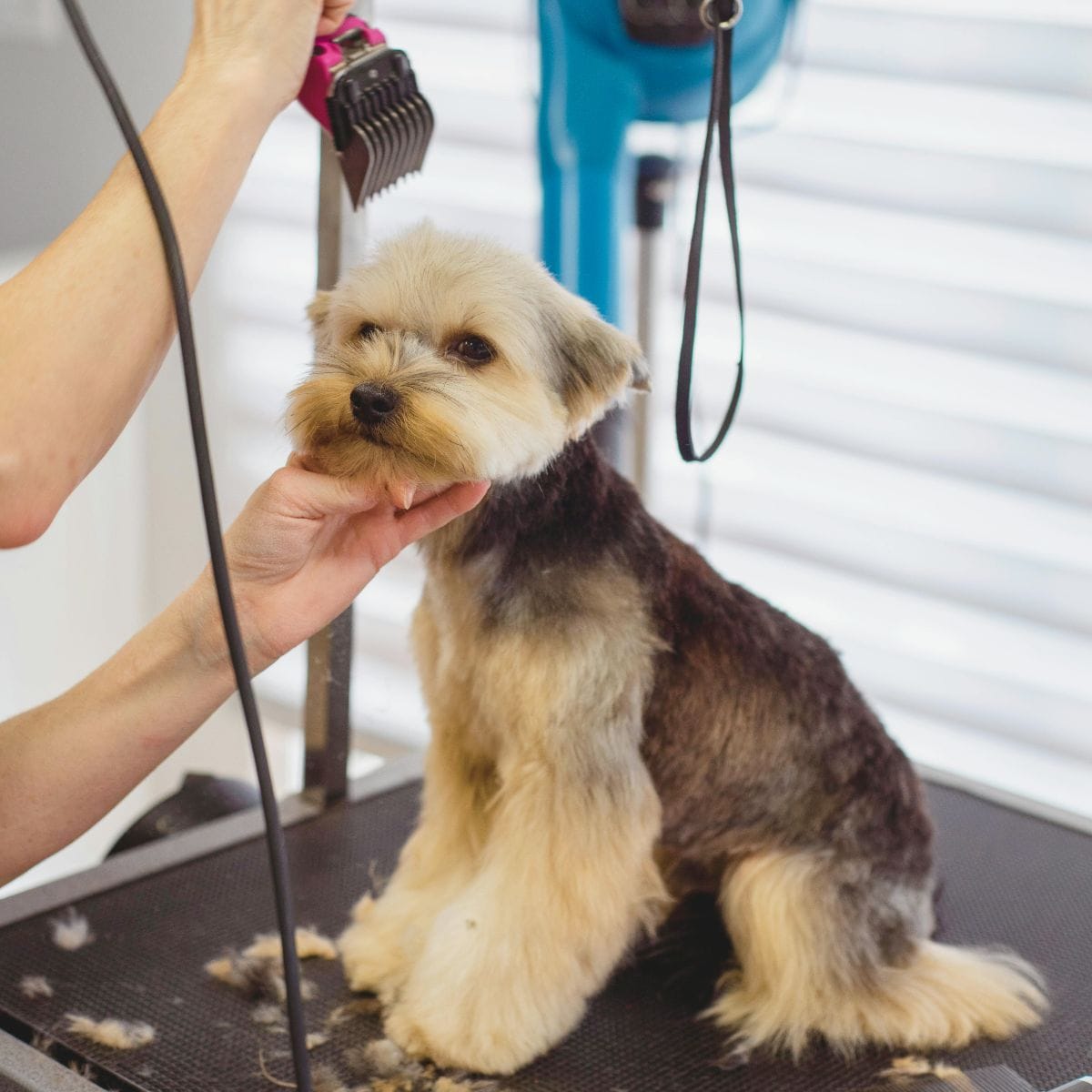Understanding Different Dog Coat Types: Grooming Tips for Port St. Lucie Pet Owners
There are several unique dog coat types, and each one requires slightly different care and maintenance to stay healthy and fresh. Whether your dog has a sleek, smooth coat or a dense curly one, knowing specific dog grooming tips to care for their specific hair-type is essential for their comfort and overall well-being. Establishing a proper dog grooming schedule by coat type – especially in the warm Port St. Lucie climate will make all the difference in your dog’s coat care.
Shedding Breeds
Shedding dogs can be further categorized by coat length, and density to determine their grooming needs. Understanding these key differences is essential to choosing the right dog grooming services in Port St. Lucie.
Short Coats
The ideal grooming schedule for your short haired dog will depend on how heavily they shed. If you’re constantly finding your dogs fur everywhere, grooming every four to six weeks will minimize the hair piles. Using a rubber brush between their regular grooming appointments can help cut down on the shedding even further.
Non-Shedding Breeds
Within the non-shedding category there are a few unique coat types, that differ mainly in texture.
Curly Coats
Medium/Long Shedding Coats
This category contains the largest variety of breeds, which come in all shapes and sizes from tiny Pomeranians to massive Great Pyrenees. Some, like the German Shepherd and Husky require little more than a bath and good thorough brushing. Golden Retrievers, Bernese Mountain Dogs and other breeds with heavy feathering usually have some trimming done to keep them looking nice and tidy.
It is a common belief that cutting their hair short will help to keep them nice and cool in hot weather, but this actually does more harm than good. Double coats provide insulation by trapping a layer of air against the skin, and they only function properly when left intact and well-maintained. Because of this, the best way to keep your thick coated friend nice cool in the summer is to have them bathed and all the dead undercoat brushed out on a regular basis. Scheduling spa days every four to six weeks and brushing a few times per week will help you achieve optimal results.
Silky Coats
Shih Tzus, Yorkies, and Papillons are all common breeds with silky coats. They’re characterized by their soft, flowy, long hair. Because their hair is typically quite fine, it mats very easily and requires frequent grooming to keep it in good condition. Regular grooming every four to six weeks, along with brushing every few days using a conditioning spray to keep tangles and frizz at bay is needed to prevent matting.
Wire Coats
Schnauzers, and most other terriers, have a distinct wiry texture to their coats. Their super coarse coat texture prevents them from matting or getting dirty as fast as other coat types. Weekly brushing and a full spa day every six to eight weeks should be enough to keep your wire-haired dog looking and feeling their best.
Whether your dog’s hair sheds like crazy, or grows like mad, regular grooming is essential to keeping them feeling great and looking their best. Understanding your pet’s specific needs will help ensure you get on the right grooming schedule and can be successful at maintaining their coat between spa days. If you’re looking for a professional dog groomer in Port St. Lucie that will know just what your dog needs, you’ve come to the right place at Shampoochi Day Spa.


